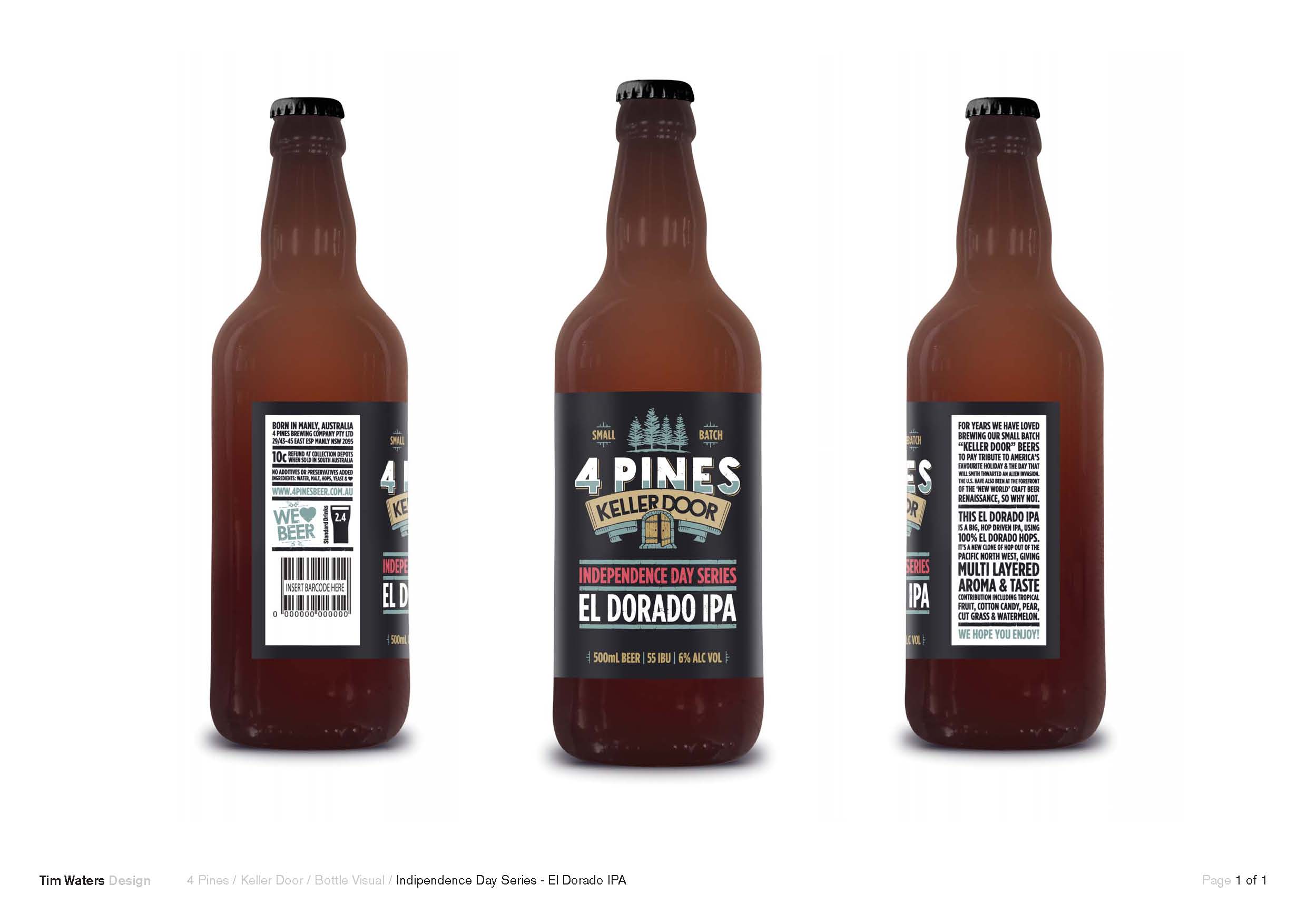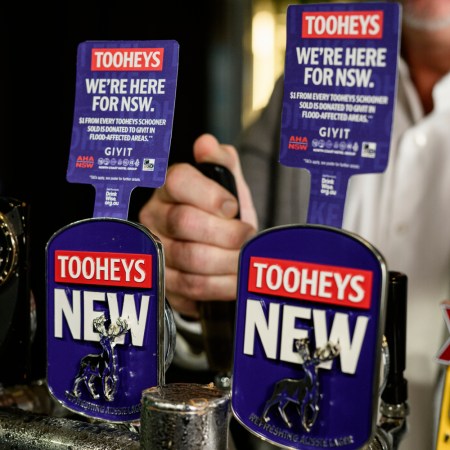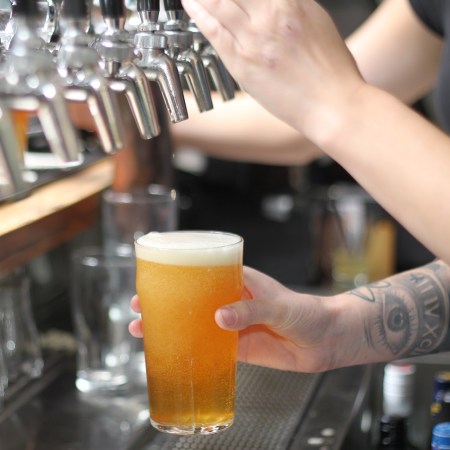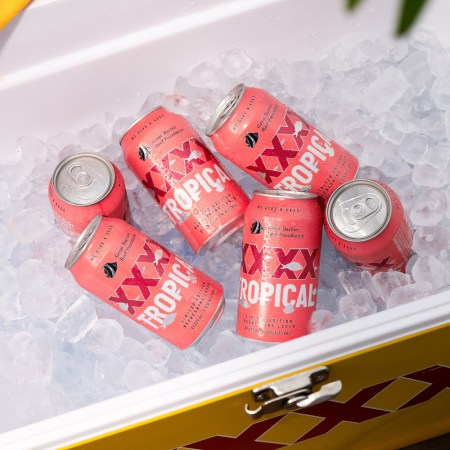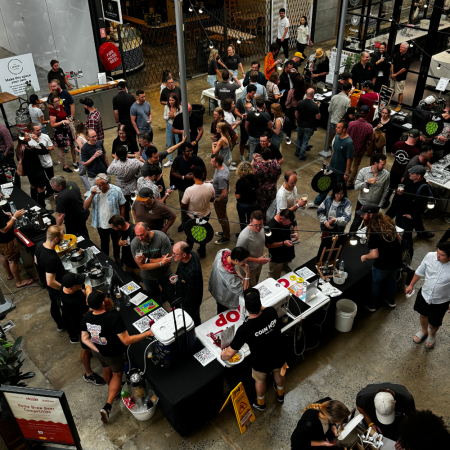
Keeping with the season, our recently released magazine features 18 pages dedicated to the beers perhaps best suited to Autumn – red and amber ales. Amongst that coverage Jono Outred charts the journeys of those styles and chats with a number of Australian breweries who are producing high quality interpretations, where the balanced interplay of hops and malts take centre stage. We have reproduced that feature here for your enjoyment while at the bottom we road test a few beers from within the category.
Despite the popularity of amber ales, red ales and red IPAs being somewhat dependent on the season these ever evolving and popular beers have developed into neoteric styles that are not just internationally recognised, but ultimately showcase plenty of diversity through style variation – including hybridisation.
In modern brewing, red and amber beers offer a platform that is capable of allowing hops, malt, yeast or adjuncts to be front and centre. Hop and malt selection are evidently key variables within the red and amber spectrum, contributing to the identity of their style via a myriad of brewing and technical variations.
While just about any ingredient could be showcased in a red or amber beer, there’s much to be said about the striking interplay between malt and hops, a supremely important consideration in well-regarded interpretations.
Though sometimes considered niche, red and amber beers – much like stouts or sours – are often a seasonal offering for many breweries, with availability typically peaking in the cooling months. Despite this, the style has consistently proven to be popular among Australian drinkers, with many breweries recognising their approachability and modest disposition whilst many consumers embrace them no matter the weather.
THEN & NOW
The idea of a red or amber-hued beer is certainly not a new one. The Flemish red dates back to the late 1800s and was particularly popular thanks to the famed Rodenbach Brewery which mastered barrel ageing and blending to elevate that particular style.
Mentions of amber beer popped up during the same period in the UK and were considered in between the lighter bitters and heavier IPAs of the time. Irish red ales, on the other hand, can be traced as far back as 1700 to the birthplace of one of the world’s most recognisable red beers – Kilkenny.
What we now commonly know as red and amber ales have origins in the US, where American brewers started modifying and redefining the common pale ale with more robust malt character. They would eventually create an all-new category of American ale that gained popularity thanks to trailblazing beers like New Belgium’s famed Fat Tire Amber Ale and Stone Brewing’s Levitation Ale.
Today the red and amber ale umbrella is broad and varied, depending on what hops, malt and yeasts are chosen. Though there are plenty of popular variations – like the red IPA – the seasonal nature of the style means that a creative edge is often applied, showcasing single varieties of hops or pushing certain malt derived complexities via malt selection.
In Australia we’ve seen the style grow considerably and consistently. Within the last decade, the red and amber category has evolved – much like many other popular styles – to allow hops and hopping technique to take precedence over grain bills in many cases.
In WA for example, Nail Brewing proudly flies the ruby flag with their American leaning red ale. It features a heavy dose of Citra hops, an uncompromising malt backbone and has quite a local following. Year-round availability is also noteworthy while an imperial iteration of the same beer also features on the Nail calendar.
Otherside Brewing Co, also from WA, produce their Harvest Red Ale throughout the year also.

“Few other styles are supposed to have identifiable malt characteristics alongside identifiable hop characteristics, without one dominating the other.”
Rhys Lopez, Otherside Brewing
In regards to the swift rise of hops in red ales and red IPAs, Otherside’s head brewer Rhys Lopez said: “The shift away from IBU and towards more fruity, late hop expressions that has happened across the pale and IPA space has definitely impacted red ales and red IPAs within the last 10 years.”
Caolan Vaughan, head brewer at Stone & Wood that produce the hoppy red Jasper Ale, mirrored those sentiments.
“In the past 10 years we have seen red ales increase in hop flavour and aroma intensity – from milder levels of hopping to some incredibly hoppy versions like red IPAs. In this time, we have seen dry hopping amounts go from two grams per litre to 20 grams per litre and beyond.
“Another big change has been how and when brewers are dry hopping, with more focus on biotransformation dry hopping during active fermentation.”
Overall it’s clear the red and amber beers we were drinking 10 or even five years ago are few and far between compared to more current interpretations that understandably match modern palates and the ever-shifting expectations of craft drinkers.
BREWING RED & AMBER BEERS
There are plenty of opportunities to create variations within the red and amber ale category, with these styles finding themselves falling within a range of sub-categories, and hybrids, depending on how they’ve been brewed.
From the familiar conundrum of what hops – Australian, American, Euro or elsewhere – to wood ageing, wild ferments, fruit additions, alcohol strength and even turbidity (New England red IPA anyone?), red and amber beers find a balance between malt and hops but also allow for much flexibility in interpretation depending on preference.
Philter’s Double Red, for example, lands at a considerable 8.0% ABV and leans into the bold, malt character derived from a range of specialty malts. Malt complexities lend themselves well to the higher ABV and the double dose of fruit driven hops in this instance.

Caolan (pictured) believes that barrel ageing can work well for red and amber beers as well, so long as the hopping lends itself well to the process.
“Red ales can be oak aged to add some complexity to the overall impression of the beer. If it’s to be done, I prefer to use oak chips rather than barrel ageing as there is much less oxygen pick-up in the process, which can impact the flavour and aroma of the beer. Barrel ageing can be done but I’d only recommended this in red ales that have much lower levels of hop flavour and aroma, as hops oxidise very quickly, and this will ruin the beer.”
Speaking of process, there’s plenty for brewers to consider outside of the obvious considerations of ingredients. Water chemistry, Caolan said as an example, is an important variable that can impact hopping and malt flavour.
“Balancing out your salt profile is important to get the right amount of sulphate to provide drier and crisp bitterness, while enough chloride to accentuate the flavour and fullness of the beer is also important. You can add complexity by adding lots of different speciality malts, but more doesn’t always mean better.”
Rhys had to agree.
“Less is more so try to justify the addition of each new malt. If you can’t, take it out. Get the EBC back by upping the numbers of your remaining malts.
“Few styles require the same kind of balance as American style reds or RIPAs. Which is not to say that other styles aren’t balanced – rather that few other styles are supposed to have identifiable malt characteristics alongside identifiable hop characteristics, without one dominating the other.”
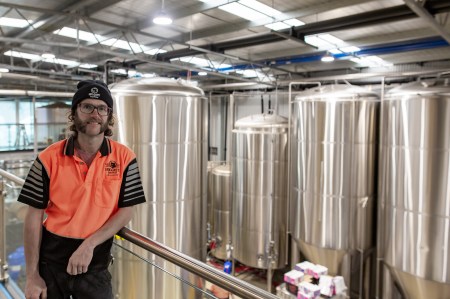
“There’s a relatively narrow sweet spot for reds and if you overshoot, you’ll find yourself heading into much darker territory.”
Chris Brady, Holgate Brewhouse
Chris Brady, who brews the Campfire Red IPA as Holgate Brewhouse’s head brewer, added: “Be careful with very dark roasted malts – a little goes a long way in terms of colour and flavour. Consider a de-bittered malt for colour without the overpowering roastiness.”
When chatting with brewers, it’s apparent that red and amber beers pose unique challenges. For a beer that can teeter on the edge of being hop forward or malt driven, a surprising amount of consideration needs to be applied in deciding exactly how all the parts of the equation come together.
SHADES OF RED
It’s clear that when it comes to brewing a red or amber beer, there’s plenty for a brewer to consider in their pursuit of brewing a quality offering. One surprisingly overlooked factor by many consumers is the colour, where the style derives its name, and which is often less-considered than hopping regimes or varieties.
Clearly, the famed arterial colour palette defines the beer, and is vital to its identity, but how hard can dialling in the right hue of red or amber truly be?
Caolan said the process isn’t as straight forward as it seems, and with colour comes flavour too.
“Red is a near impossible colour to try and hit with malt alone, but at Stone & Wood, we’re going for a dark red that is somewhat reminiscent of mahogany. The key is to balance the malt flavour and aroma without providing too much astringency from darker coloured malts.
“A nice body and medium to high caramel malt flavour is the aim of the game, which you can achieve from Munich and Crystal malts. A good boost in colour can come from a small amount of roasted malt like Chocolate malt too, without much roasted malt flavour.”
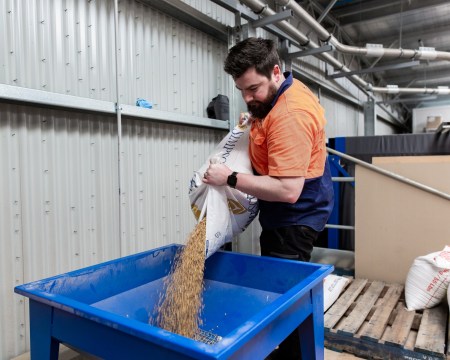
Chris also believes that striking red colour and malt-driven complexity are not mutually exclusive.
“Colour goes hand-in-hand with malt flavour. There’s a relatively narrow sweet spot for reds and if you overshoot, you’ll find yourself heading into much darker territory. Too little and your red will look like any other pale beer out there. You need to consider which malts you’re using to achieve the colour, but also keep in mind the flavour impact.”
Colour is a unique characteristic for the style and one that can pose a challenge for those who choose to brew them. In any case, when it comes to producing stand out red and amber beers, balance is clearly a defining factor for colour, as well as flavour.
THE FUTURE FOR REDS
The state of craft beer is, of course, ever changing. Where new styles emerge, others fall away in popularity. Some styles have managed to stand the test of time, however, with red and amber beers falling in to that category.
The term “amber”, perhaps from a marketing perspective, may have somewhat dwindled in popularity in recent years but the catapult-like onset of the red IPA has been noteworthy, with many great examples from Australian brewers now being produced.
But where to from here? Caolan believes, despite a seasonal approach, red and amber beers can remain popular into the future.
“Red ales have a reasonable following in Australia but are impacted from seasonal fluctuation as most people only want these styles of beers in cooler months of the year. (But) I think red and amber ales will always remain available in the marketplace as they showcase a great depth of flavour and aroma in beer.”
Despite their brewing challenges, and the apparent seasonality of the style, red and amber ales have proven the test of time in the Australian craft beer landscape.
From the early days when American brewers inspired, with beers like James Squire’s Original and Little Creatures’ Rogers cornering the amber market, to where we are now with red ales proving to be a pliable base for fresh hops and progressive brewing, red and amber beers have found a comfortable place in the ever-evolving Australian beer scene.
ROAD TESTING AUSSIE REDS
Australian brewers are currently producing a stack of outstanding beers that fall under the red and amber ale umbrella. Here we take a look at a handful of those:
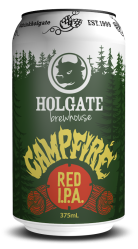
Holgate Brewhouse
Campfire Red IPA ABV: 7.0%
Pouring a deep, woody hue with an off-white head, this has a pronounced bitterness backed by resinous pine and citrus character. A touch of sweet caramel is well placed and balances the hint of alcohol present. The finish is long with sticky hop bitterness, a touch of spice and a lingering burnt toffee note.

Otherside Brewing
Harvest Red Ale ABV: 5.4%
A dark, ruby hued pour leads into a medium body that showcases pithy citrus and sweet, ripe melon character. Subdued dried fruit and spiced caramel is also present, playing second fiddle to vibrant hop aromatics, a lengthy finish and exceptional balance.

Stone & Wood
Jasper Hoppy Red Ale ABV: 5.4%
This decidedly hoppy ale pours a rich, burnt ruby hue and emanates toasted malt character that is met with mild pine and citrus notes. On tasting, roasty malt characters are present with earthy and passionfruit notes from generous hopping. A long, velvety mouthfeel caries notes of toffee and a firm but well-placed bitterness.
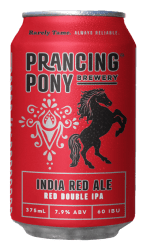
Prancing Pony
India Red Ale ABV: 7.9%
Displaying a beautiful amber colour with great clarity, the aromas of biscuit malt and a hint of caramel are rewarding. A great representation of style, the malt flavour is deep and complex, balanced with grapefruit and orange hop notes. The finish is bitter, but all in all in balance with the malt.
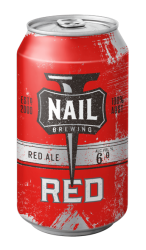
Nail Brewing
Red Ale ABV: 6.0%
A striking red pour with an off-white head, this bold iteration of a red ale is dominated by citrus zest and sticky, resinous pine characters that carry on a velvet body. Light floral aromatics feature as well, somewhat muting rich caramel and sticky date pudding like characters that also disguise the 6.0% ABV and 46 IBUs.
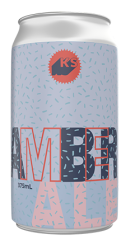
Killer Sprocket
Amber ABV: 4.8%
This has to be one of the country’s most underappreciated core range beers. It’s a serious stunner. It appears more like a brown ale with vibrant gold tones but is considerably fruitier than its hue would have you expect. The aroma abounds with blackberry, crisp red apple and a healthy whack of pine. There is a slight sweet note of caramel, baking spice and a herbaceouness all balanced with milk chocolate. Incredibly nuanced and perfectly balanced, every sip of this beer is an exploration. The fruit makes it appropriate all year round while the malt weight makes it equally as satisfying in the colder months.
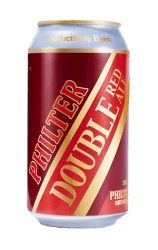
Philter Brewing
Double Red IPA ABV: 8.0%
Pouring a deep amber with a caramel-toned head, big American hop additions add striking melon, citrus, passionfruit and a firm but fair bitterness. Biscuity and rich toffee notes also show, pairing well with underlying earthen and pine notes that lead to a lengthy, full-flavoured finish.
This feature appears in our recently released Autumn 2022 edition. To see it in print, and to read more features like it, subscribe to our quarterly magazine for as little as $29.50 a year.







